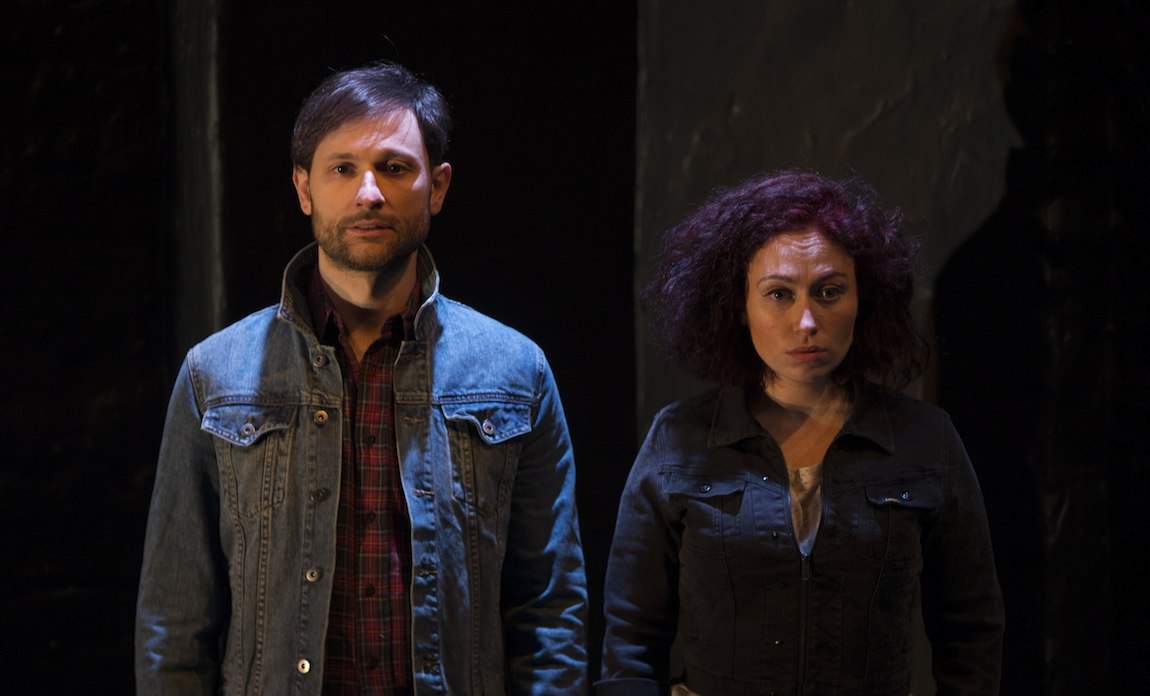This Is Where We Live – Griffin Independent
Girl rescues boy from self-doubt, boy rescues girl from the taunts of schoolyard 'skanks'.
Overview
Vivienne Walshe's poetic drama This Is Where We Live (winner of the 2012 Griffin Award) is set in a country town where nothing happens, a lonely place for a nubile, dyslexic, 'polio poor' girl who gets beaten at home. Chloe (Ava Torch) pairs up with the reclusive Chris (Yalin Ozucelik), who also has a crappy home life, involving relentless badgering from his pompous curmudgeon of a father. She rescues him from his self-doubt and he her from the taunts of the schoolyard 'skanks'.
Walshe has captured the impulsiveness of adolescence without condescending to her subject matter. She uses rhythmic motifs like 'gravel, gravel crunch' to propel the actors through the schoolyard and beyond. Torch and Ozucelik succeed in maintaining a tight rhythm and through line amid the poetic meanderings from inner thought to memory to immediate dialogue. Walshe's writing is unashamedly pretty in parts, with lines like "laudable, audible, laughable love" standing out as consciously flowery prods. She happily uses rhyme in obvious places and the piece has a sense of humour about its form; this is not an attempt to emulate Martin Crimp. Thanks to the quality of the acting, these poetic bouquets are never too obtrusive.
Francesca Smith has directed (or, pretentiously, "shepherded" according to the program notes), the piece with effective simplicity, but there are some jarring incursions of glitter and chairs. Chloe sprinkles glitter across the stage in a rapture, only to turn around and sweep it up. Chris sets down four chairs to signify a classroom that has already been established and then retrieves them sharpish. The Griffin's black wedge of a stage requires no adornment with these two capable actors treading its boards. Torch and Ozucelik get to show off their impressive acting chops in their transformations into other peripheral characters, as well as in the movement sequences, which support the story for the most part. In particular, Torch's abstracted rendering of the violence inflicted on her is excellent.
Chloe explains that violence is bound to sexual attraction for her, it's part of her "white trash DNA" and the undoing of her innocent romance with Chris. Walshe threads this into the play casually and Torch embodies it with appropriate offhandedness, only wondering briefly, what happens to girls with this kind of attraction? In a story about teenagers, sexuality and violence, it's impressive that there's not even a whiff of paternalism present. Props to Walshe and the team for talking about teenagers as young humans, not aliens.
Image by Peter Greig.





